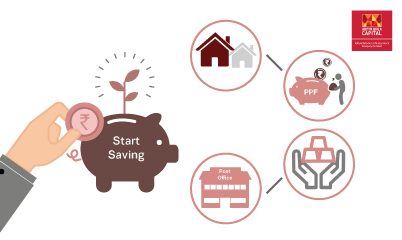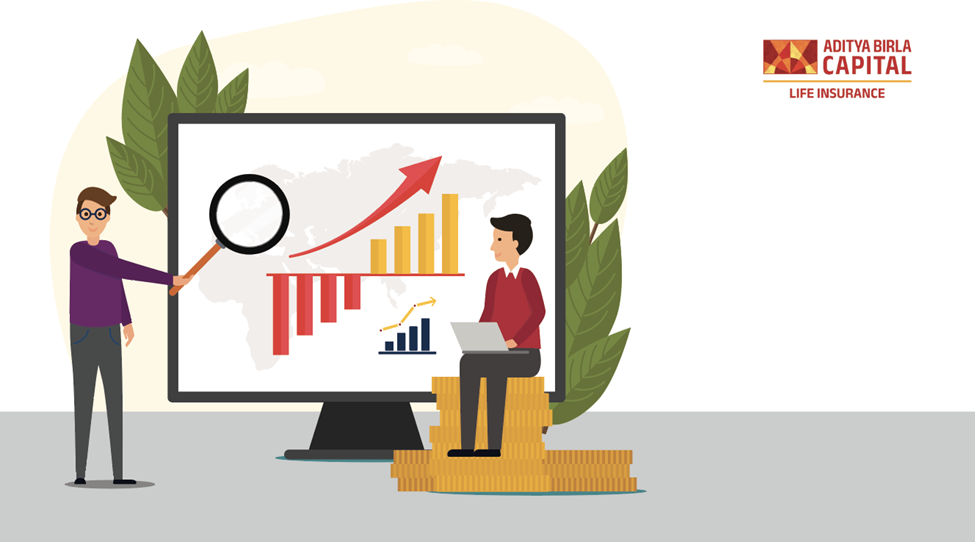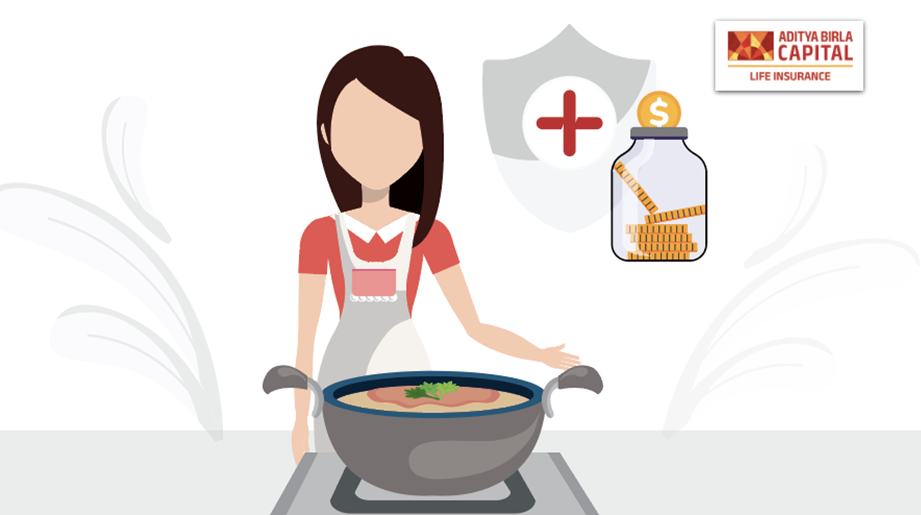What the ideal investment portfolio looks like for different age groups


Get Guaranteed Returns After a Month^
Unlock the Power of Smart Investment!


-
 Table of Contents
Table of Contents
Investing in your 20s
Investing in your 30s
Investing in your 40s
Investing in your 50s
Conclusion
About Author
Give ₹1.5 Lakhs once & Get ₹2.74 Lakhs at Maturity^
-
Disclaimer
2Tax benefits are subject to changes in tax laws. Kindly consult your financial advisor for more details.
^ Scenario: Rs. 5,00,000 Single Premium (exclusive of GST). Male, Age 35, Plan Option A, Policy Term : 5 years
**Scenario: Rs. 1,00,000 Single Premium (exclusive of GST), Male, Age 32, Plan Option A, Policy Term : 10 years. Guaranteed Maturity Benefit: ₹196,916 at end of policy term. ABSLI Fixed Maturity Plan is a Non- Linked Non- Participating Individual Savings Life Insurance Plan (UIN: 109N135V03)
ABSLI DigiShield Plan (UIN 109N108V08) is a non-linked non-participating individual pure risk premium life insurance plan; upon Policyholder's selection of Plan Option 9 (Level Cover with Survival Benefit) and Plan Option 10 (Return of Premium [ROP]) this product shall be a non-linked non-participating individual life savings insurance plan.
ADV/5/22-23/312
Subscribe to our Newsletter
Get the latest product updates, company news, and special offers delivered right to your inbox
Thank you for Subscribing
Stay connected for tips on insurance and investments







